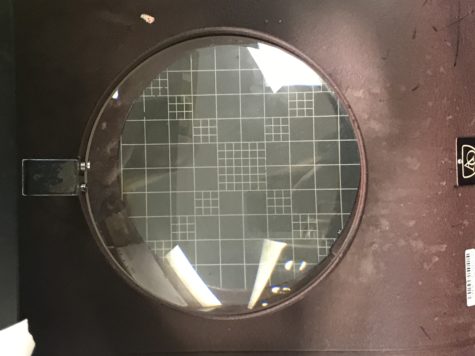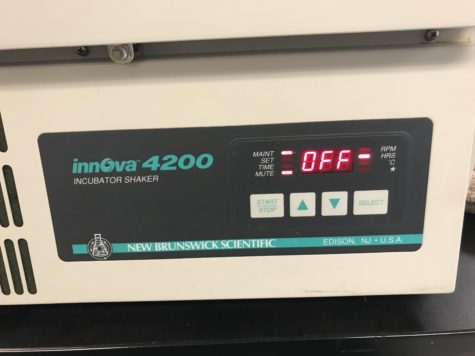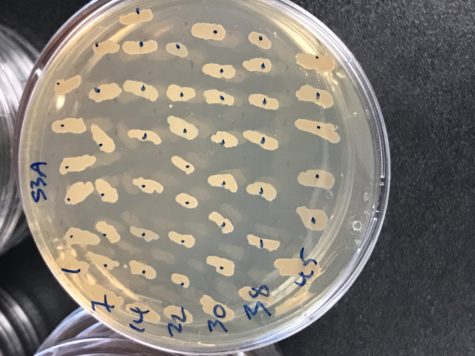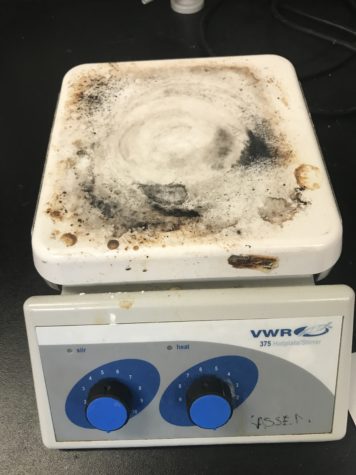
Evolution, we are often reminded, conducts itself at a glacial pace. It throws its dice and picks its favorites over thousands of generations—plenty of time, we wearily explain, for a functional eye to develop. By the same slow token, this process, life’s old standby for adapting to new environments, will not be fast enough for most to transform themselves and avoid getting trampled by the oncoming stampede of anthropogenic climate change.
Only that’s not strictly true. Most on this earth are not, in fact, slow evolvers. Given enough food, a generation for many might mean only half an hour or so. Bacteria and other contagious pathogens most certainly will adapt in response not only to climate change but to the species loss that precedes and accompanies it.
There’s a principle known as dilution theory that links species loss with increased infection. It’s very likely that in pushing our fellow beings off the extinction cliff we put targets on our own backs in ways we don’t fully understand.
Plotting out the possible evolutionary responses to environmental change is part of what Rees Kassen’s Lab studies at the University of Ottawa, directly testing many of Darwin’s mechanistic predictions and the theoretical models that arise from them. The researchers watch evolution at work in bacteria under various conditions. Then they freeze samples at regular time frames—to create a kind of fossil record—and generally muck about with temperature, food, motion, and tiny ecosystems to see what strategies and niches evolve.
Earlier, I wrote about some of the Kassen Lab’s insights into deadly lung infections in cystic fibrosis patients. That work was published this month in PNAS. As I left the lab that day, Kassen sent me off with the words, “If you ever want to evolve something, just let me know.”
Those words have stayed with me, and I have decided to do just that as a long-term project, reporting all the while on the work these scientists do as well as my own fledgling attempts to create new knowledge through experimentation. I will follow closely the work of early career researcher Felipe Dargent, who is just starting in on a particularly exciting Banting Fellowship project.
 My fortnightly series–“Fellowship”–will consist of embedded reporting from the lab, sharing both the highlights and the frustrations of learning how to do my own hands-on microbiology. I will document the not-always-glamorous lives of graduate students and post-doctoral fellows striving to strengthen their tenuous hold on the ladder of academia.
My fortnightly series–“Fellowship”–will consist of embedded reporting from the lab, sharing both the highlights and the frustrations of learning how to do my own hands-on microbiology. I will document the not-always-glamorous lives of graduate students and post-doctoral fellows striving to strengthen their tenuous hold on the ladder of academia.
My first order of business, though, is to complete the mandatory Workplace Hazardous Materials Information System (WHMIS) training. And on that thrilling note, I will leave you in suspense as I set off for parts unknown.


For a fun (and frightening) view of evolution, watch the video from Harvard Medical School showing the evolution of antibiotic resistance in e-coli. Over the course of 11 days, the bacteria evolve from non-resistent to resistent to a concentration 1000x what is normally needed to impede them.
(If the link doesn’t survive Akismet, search YouTube for “Evolution of Bacteria” – the link will appear near or at the top.)
https://www.youtube.com/watch?v=plVk4NVIUh8